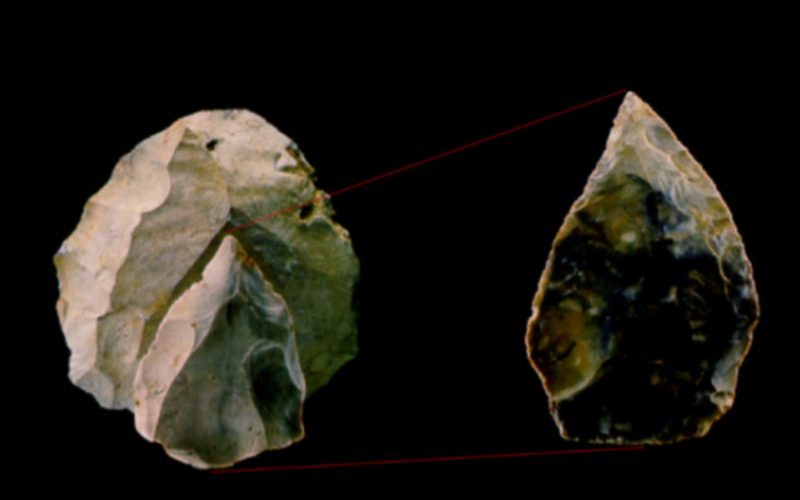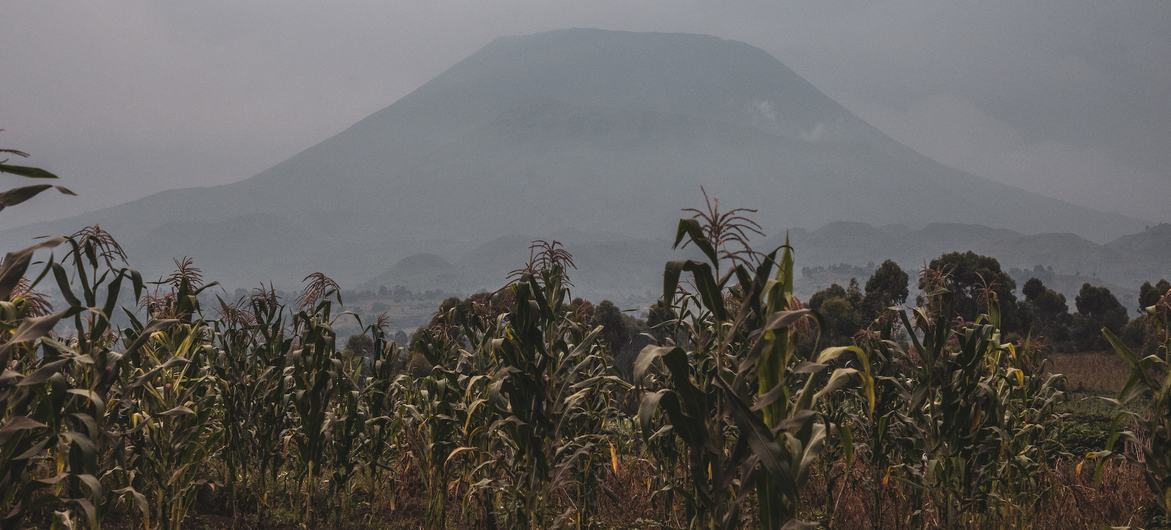Early humans in Turkana used stone tools for over 300,000 years, study finds

The Namorotukunan site yielded 1,290 stone tools, including sharp-edged flakes and simple cores, across three excavations.
New research has found that early humans in Kenya were far more technologically consistent than previously thought, crafting and passing down stone tools for over 300,000 years.
The study, “Early Oldowan technology thrived during Pliocene environmental change in the Turkana Basin, Kenya”, was led by Professor David Braun of George Washington University.
More To Read
- UNICEF, Save the Children hail Turkana’s progress in tackling malnutrition
- Museums go fully digital as National Museums of Kenya unveils new ticketing system
- Turkana marks World AIDS Day with stark warning over rising HIV infections
- Review meeting highlights barriers to immunisation, maternal health in Turkana
- Turkana stakeholders urge reforms to fisheries Bill to protect local fishers and blue economy
- Turkana eyes stronger peace push as EU-backed project targets conflict, climate threats
The research was led by an international team of archaeologists, geologists, and paleoanthropologists from institutions in Kenya, Ethiopia, the United States, Brazil, Germany, India, the Netherlands, Portugal, Romania, Spain, South Africa and the United Kingdom.
Fieldwork was carried out under the guidance of the National Museums of Kenya and with the support of the Daasanach and Ileret communities.
It was carried out with permission from the National Museums of Kenya and Kenya's Ministry of Education, Science, and Technology, and in partnership with the Koobi Fora Field School.
Excavations at the Namorotukunan site in the northeastern Turkana Basin uncovered three layers of archaeological deposits dating from 2.75 to 2.44 million years ago, representing the earliest known evidence of Oldowan stone-tool technology in the Koobi Fora Formation, a fossil-rich region in northern Kenya renowned for preserving some of the earliest human remains and artefacts.
The tools were likely made by early hominins such as Homo habilis or contemporaneous australopithecines, offering a rare glimpse into the technological abilities of our distant ancestors.
"Oldowan technology in the Turkana Basin appeared during periods of dynamic climate and ecological change. However, the persistent nature of stone tool technology from 2.75 to 2.44 is
consistent with the hypothesis that it reflects an enduring adaptation. The extent to which this technology connects to earlier industries or to a more generalised tool use remains uncertain," said Braun.
The Namorotukunan site yielded 1,290 stone tools, including sharp-edged flakes and simple cores, across three excavations.
The researchers found that hominins repeatedly selected fine-grained rocks, such as chalcedony and jasper, to produce sharp-edged flakes and cores. This suggests not only technical skill but also a long-term understanding of material properties.
Evidence of butchery marks on animal bones indicates that these early humans used their tools to extract meat and marrow, underscoring the role of technology in daily survival and foraging strategies.
"At Namorotukunan, cutmarks link stone tools to meat eating, revealing a broadened diet that endured across changing landscapes," said Frances Forrest at Fairfield University.
Braun and his team also studied the ancient environment of the Turkana Basin, finding that it changed dramatically between 2.7 and 2.2 million years ago. The region shifted from wetter areas dominated by trees and shrubs (known as C3 vegetation) to drier, open grasslands dominated by tropical grasses (C4 vegetation).
"Approximately 2.75 million years ago, the Turkana Basin in Kenya experienced environmental changes, including increased aridity and environmental variability," said Braun.
Despite these fluctuations, early humans maintained consistent tool-making practices. The findings challenge previous assumptions that early hominins used tools sporadically and highlight the interplay between environmental pressures and technological innovation.
"Our findings suggest continuity in tool-making practices over time, with evidence of systematic selection of rock types. Geological descriptions and chronological data provide robust age control
and contextualise the archaeological finds," the researchers said.
Top Stories Today















































